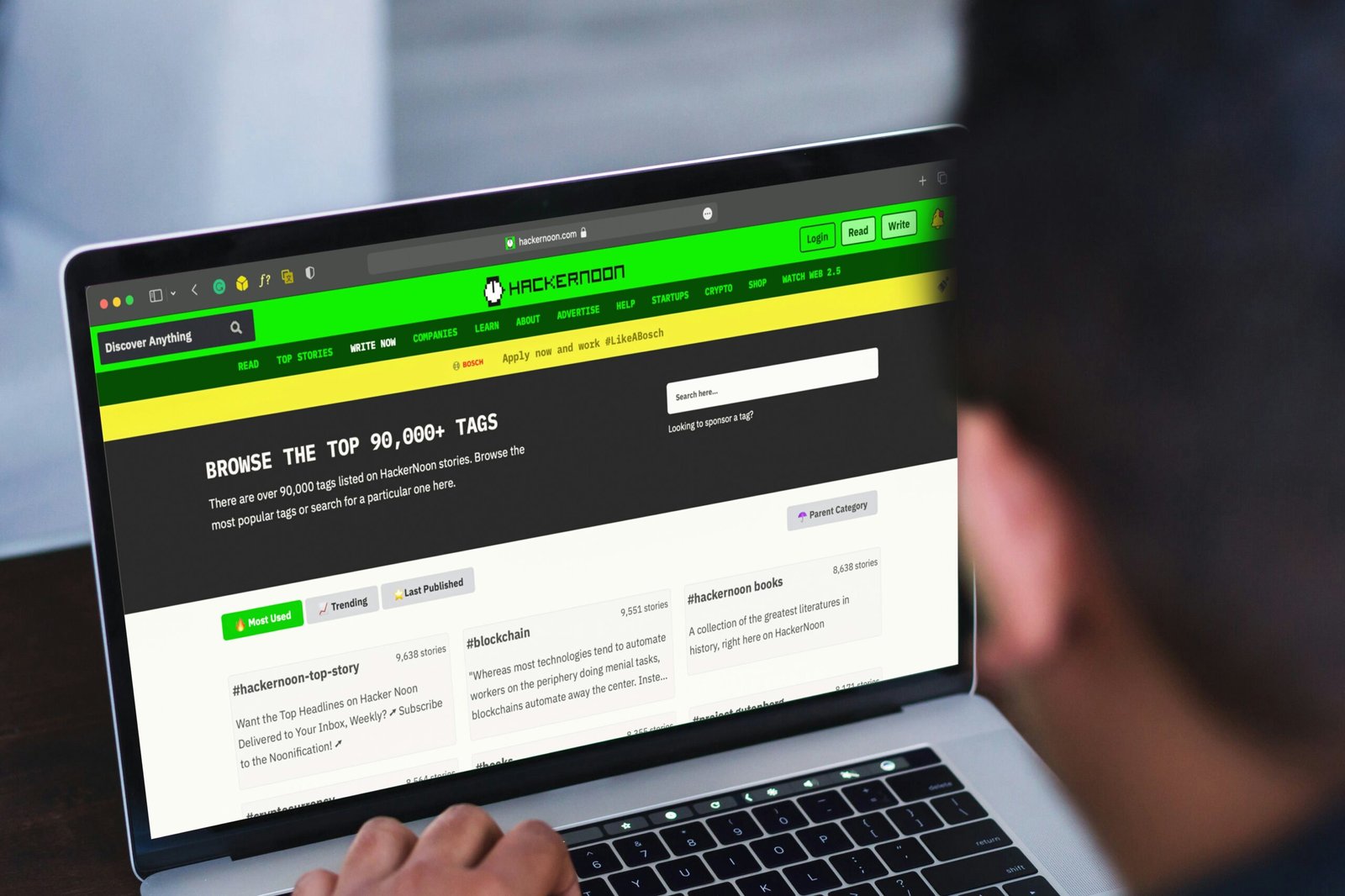

Wyll Meaning: What Does It Stand For: The Newest Slang in Online Conversations
Introduction to Wyll The term ‘wyll‘ has recently emerged as a new slang in the landscape of online conversation, capturing the attention of social media users and linguists alike. Its origins stem from a growing culture of informal communication that characterizes online interactions, particularly within platforms where brevity and immediacy are paramount. The introduction of…

The Benefits of Plant Nurseries Webfreen.com
Understanding Plant Nurseries A plant nursery can be likened to a baby care center, specifically designed to nurture and cultivate young plants until they are ready to be sold or transferred to a permanent location. These nurseries play a crucial role in the horticultural industry, serving as a breeding ground for a wide variety of…

Everything You Need to Know About GoCryptoBet.com Bet
Introduction to Online Betting The online betting landscape has undergone significant transformation in recent years, evolving into a dynamic industry that reflects changes in technology, consumer behavior, and regulatory frameworks. Historically dominated by traditional sportsbooks, the sector now embraces a digital-first approach, driving rapid growth and attracting a broader audience. This expansion can be attributed…

TEKGPS: The Ultimate Guide to GPS Tracking Solutions
Introduction In the modern era, the evolution of technology has profoundly impacted various aspects of life, including navigation and tracking. TEKGPS stands out as a robust GPS tracking solution specifically designed to meet the needs of both individuals and businesses. By leveraging advanced GPS technology, TEKGPS enhances the way users navigate and monitor their assets,…

Pictory AI – The Best AI Tool for Easy Video Creation
Introduction to Pictory AI Pictory AI emerges as a groundbreaking solution in the realm of video creation, leveraging the capabilities of artificial intelligence to transform the way users engage with multimedia content. As the demand for video content continues to rise across various sectors—including marketing, education, and social media—Pictory AI stands out by offering a…

The Lowdown Under Travel: Your Ultimate Guide to Exploring the World
Introduction to The Lowdown Under Travel Traveling is one of the most enriching experiences one can embark on, offering an opportunity to immerse oneself in diverse cultures, forge connections with people from various backgrounds, and savor unique culinary delights. The Lowdown Under Travel aims to provide a comprehensive resource for travelers seeking to explore the…

Cybertruck Crash: What We Know So Far
Introduction to the Cybertruck Crash Incidents The Tesla Cybertruck, an all-electric vehicle introduced by the innovative automotive manufacturer, has garnered considerable attention since its unveiling. This attention has intensified due to a series of crash incidents involving the vehicle, raising questions about its safety and performance in real-life situations. As a retro-futuristic design captures public…

Fauxmoi: The Trend Taking Over Social Media
What is Fauxmoi? The term “fauxmoi” is a portmanteau derived from the French words ‘faux’, meaning fake, and ‘moi’, meaning me. This concept encapsulates the notion of a fabricated self or persona that individuals curate and project, particularly through social media platforms. Fauxmoi reflects a deliberate distortion of reality, where users present an idealized and…

Does the President Control Inflation?
What is Inflation? does the president control inflation is defined as the rate at which the general level of prices for goods and services rises, eroding purchasing power. As inflation increases, each unit of currency buys fewer goods and services, consequently decreasing the value of money. In simpler terms, inflation signifies that money is losing…

BetterThisCosmos Posts BetterThisWorld: A Guide to Meaningful Content
What is BetterThisCosmos? BetterThisCosmos is a dynamic platform dedicated to the dissemination of positive and inspiring content aimed at creating a meaningful impact on individuals and communities. This initiative seeks to foster an environment where hope, knowledge, and kindness flourish, serving as a catalyst for change in the world. The mission of BetterThisCosmos is to…












